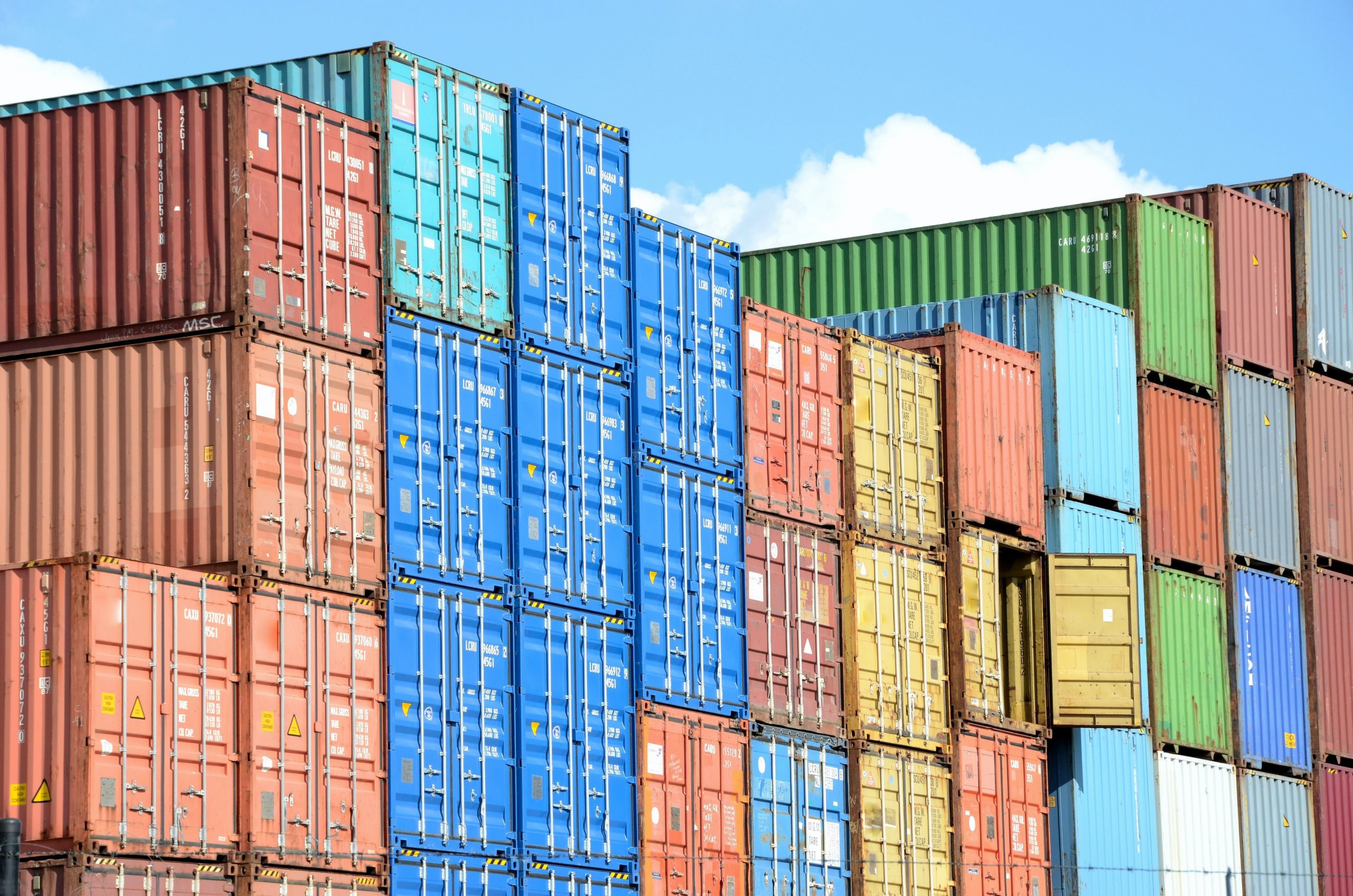Qatar’s total LNG exports reached $11.9 billion in April 2022, up from $5.8 billion in April 2021. Qatar sent the majority of its LNG to China, followed by India and Japan.
Asian countries have come on top as the primary destination for Qatari exports in the year 2021, according to official figures.
Qatar’s Planning and Statistics Authority (PSA) confirmed total exports to Asia amounted to QAR 235.8 billion in the last year alone.
Qatar’s exports to the European Union were around QAR 39.41 billion last year, ranking second only to China.
The GCC ranked third on the list, with total exports to GCC countries reaching QAR 21.7 billion in 2021.
Exports to other Arab countries were estimated to stand at around QAR 1.9 billion, while exports to other European countries totalled QAR 1.3 billion last year.
In 2021, exports to the United States were nearly QAR 6.15 billion, while other American countries had exports worth QAR 4.95 billion last year.
The entire value of Qatar’s exports in 2021 was QAR 317.4 billion, an increase of QAR 129.9 billion, or 69.3 percent, from QAR 187.5 billion in 2020.
The increase in total exports in 2021 compared to 2020 was primarily due to higher exports of mineral fuels, lubricants, and similar materials, which rose by overall QAR 114.5bn, accounting for 74.7%.
Chemicals and their non-mentioned products saw an increase of QAR 11.5bn, amounting to 60.4%, while manufactured goods, primarily classified by material, witnesses a QAR 2.6bn, 47.5% rise.
Crude material inedible, except fuel, increased by QAR 2bn, a whopping 662% from last year. Finally, machinery and transport equipment went up 23.1%.
Exports of miscellaneous manufactures, on the other hand, fell by QAR 1.8 billion, which is around 63.1%.
Qatar’s exports have been increasing overall, with total goods exports, including exports of goods of domestic origin and re-exports, standing at QAR 49 billion in the fourth quarter of last year.
Total goods exports, including domestic exports and re-exports, were estimated to be around QAR 17.1 billion in December 2020. They were around QAR 16.6 billion in November, up from around QAR 15.3 billion in October last year.
Total goods exports, comprising exports of items of domestic origin and re-exports, totalled roughly QAR 35.5 billion in January 2022, representing a 66.9% growth over January 2021.
Qatar becomes world’s largest LNG exporter
Meanwhile, according to Kamco Invest, Qatar surpassed the United States as the world’s largest LNG (liquefied natural gas) exporter in April this year, as its LNG exports increased to a five-year high following the conclusion of seasonal maintenance on its LNG plants.
Qatar’s total LNG exports reached $11.9 billion in April 2022, up from $5.8 billion in April 2021. Qatar sent the majority of its LNG to China, followed by India and Japan.
According to the International Energy Agency, the Asia Pacific area will drive up to 50% of total natural gas demand increase during the timeframe. In terms of sectors, the IEA predicts that the industrial sector will account for almost 60% of global gas growth between 2021 and 2025.
Higher natural gas prices have been beneficial for the GCC, particularly for Qatar, a prominent worldwide LNG supplier.
Qatar, which accounted for 21% of the LNG exports market share in 2021, has emerged as one of the key countries from whom the EU is attempting to acquire more LNG as it scrambles to find new suppliers and increase LNG imports.
In 2021, the EU imported 24% of its 77 billion cubic metres (bcm) of LNG from Qatar, trailing Russia, at 20% and the United States who surpassed the country by a mere 2%, at 26%.
According to the International Monetary Fund, the EU’s uneasiness regarding Russian natural gas supplies is weighing on European economies and is projected to have a detrimental influence on the world economy.
Europe is currently facing the prospect of gas cuts, while Russia is struggling with the fallout from US and EU sanctions.
According to the International Energy Agency, Russian natural gas would account for only 25% of total EU natural gas demand in 2022. One of the primary factors keeping global gas prices high is the EU members’ effort to identify new natural gas suppliers.







